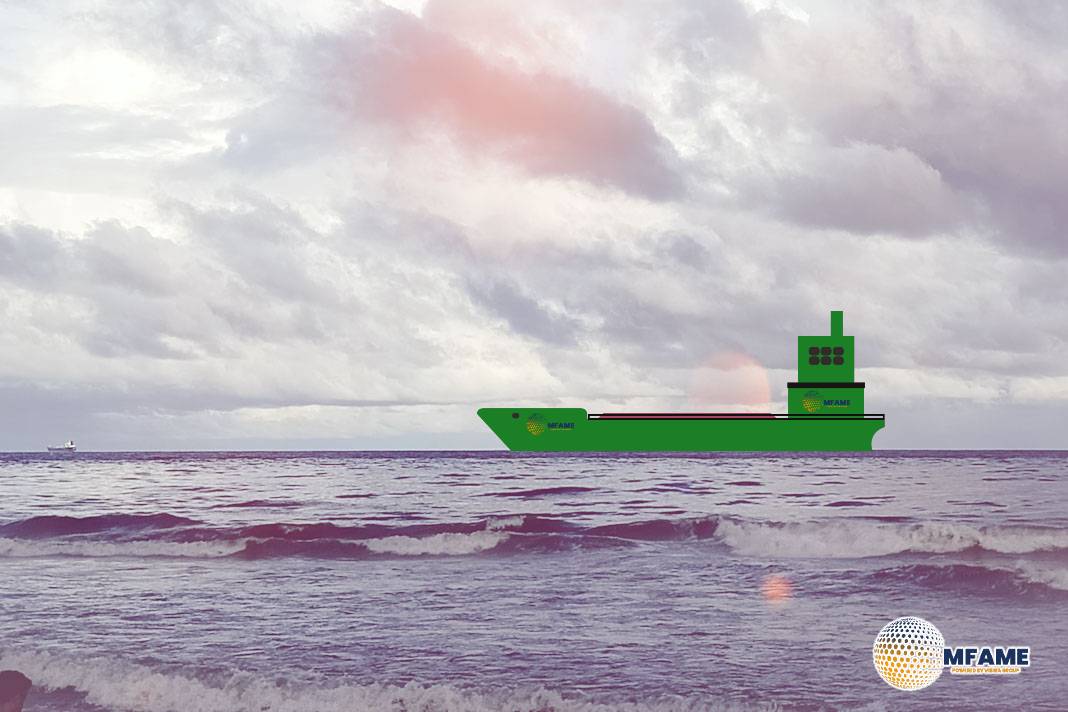- Life Cycle Assessment of OCCS Quantifies GHG Emissions Savings.
- LCA Provides a Holistic Comparison of Decarbonisation Solutions.
- Methodology and Scenarios are Considered in the Study.
A life cycle assessment (LCA) by the Global Centre for Maritime Decarbonisation (GCMD) has examined the potential of OCCS (Offshore Carbon Capture and Storage) to mitigate greenhouse gas (GHG) emissions. The COLOSSUS (Carbon capture, offloading, onshore storage, utilisation, and permanent storage) study is an in-depth analysis of GHG emissions and related costs throughout the whole carbon value chain, reports GCMD.
LCA for Holistic Comparison of Decarbonisation Solutions
The COLOSSUS study is centred on comparing various decarbonization measures to enable shipowners to make an educated decision about adopting solutions based on their net abatement effect. By measuring emissions throughout the carbon value chain—from production, transport, and utilisation of fuel to onboard CO2 capture and its ultimate fate—the LCA guarantees OCCS uptake does not happen at the expense of higher emissions in neighbouring sectors.
Whereas LCAS have been developed for onshore carbon capture technologies, few assessments have been made of the entire GHG emissions of applying these solutions onboard ships along their related value chains. A full assessment entails accounting for the well-to-tank (WtT), tank-to-wake (TtW), OCCS operation, transport of stored CO2, and end-of-life permanent storage or utilisation emissions.
Methodology and Scenarios Assessed in the Research
A baseline WtW GHG emission of 93.3 gCO2eq/MJ was applied to Heavy Fuel Oil (HFO) in the study. Five OCCS technologies, six marine fuel types, and three post-capture scenarios were investigated in the research. Out of the considered OCCS technologies, traditional monoethanolamine (MEA)-based OCCS was found to be the most mature, serving as the established industry standard today. A gross carbon capture rate of 40% in all scenarios was adopted in the study, in keeping with industry practices for CO2 storage onboard a ship.
Key Results of the COLOSSUS Study
- Traditional MEA-based OCCS: The use of traditional MEA-based OCCS leads to a WtW GHG emissions reduction of 29% in an HFO-fuelled ship.
- Biofuels for Maximum GHG Savings: Switching from HFO to biofuels provides maximum GHG emissions savings. For MEA-based OCCS-operated vessels, WtW emissions reduction is between 69% (bio-LNG) and 121% (used cooking oil biodiesel).
- Post-capture Scenarios: Among the post-capture alternatives, sequestration of CO2 in concrete is the most effective. This process enhances GHG emissions savings from 29% to 60% along the carbon value chain by replacing partially carbon-intensive cement.
- Low Contribution of Transport and Storage: Post-capture transport and geological storage of CO2 contribute very few emissions, adding about 1% to the WtW emissions when CO2 is transported 1,000 km.
- CO2 Utilisation to Produce E-methanol: Utilised CO2 can be upgraded to e-methanol by renewable electricity, with a resulting 17% saving in GHG emissions for vessels that use the e-methanol.
- Cost of Avoided Carbon: The avoided carbon cost for permanent OCCS storage lies in the range of USD 269-405/tCO2 for 40% gross capture on an MR tanker, depending on a full-scale installation with heat recovery.
Feasibility of OCCS for Reducing GHG Emissions
The research offers a framework for a methodical evaluation of the ability of OCCS to enable shipowners to lower their GHG emissions. The abatement from OCCS based on a WtW basis can be calculated, and from this, an “equivalent” GHG Fuel Intensity (GFI) can be developed.
- HFO-Fuelled Vessels: When ships utilise HFO and are fitted with MEA-based OCCS, the equivalent GFI can continue to fall short of the direct compliance threshold until 2032 with 40% gross capture.
- LNG-Fuelled Vessels: LNG-fuelled vessels using the same OCCS technology can have an equal GFI below the target of compliance until 2035.
- Biofuel-Fuelled Vessels: When the use of fossil fuels is entirely substituted with biofuels, OCCS can reduce the GFI to levels that meet the stricter targets of 2040.
Expert Insights on Decarbonization Solutions
Professor Lynn Loo, CEO of GCMD, emphasised the importance of understanding carbon flows across different industries and value chains as part of the broader decarbonization efforts. She stated: “As we face an increasing array of decarbonisation solutions spanning different industries and value chains, coupled with the challenges of quantifying and elucidating carbon flows from source to sink including its re-use, there is a pressing need for a comparable means to understand their net abatement impact. We hope this LCA study for OCCS provides a foundation for the comprehensive understanding needed to shape robust regulatory frameworks surrounding OCCS, and supports decision makers in making informed, value chain-based decisions.”
Did you subscribe to our daily Newsletter?
It’s Free Click here to Subscribe!
Source: GCMD
















